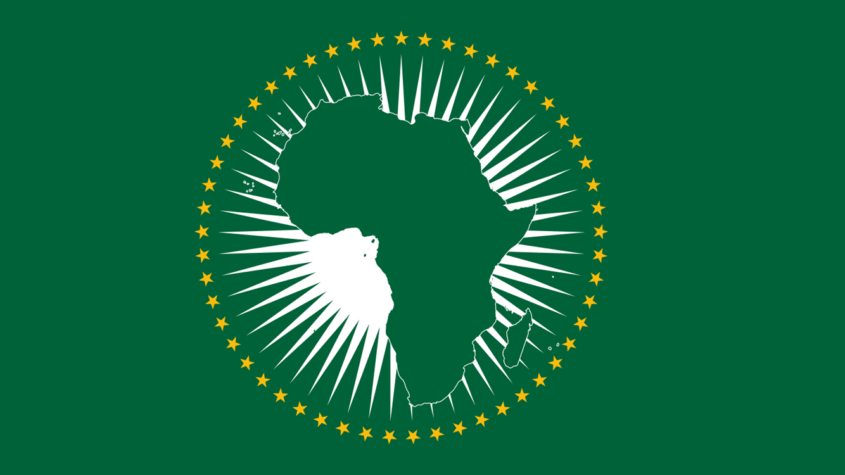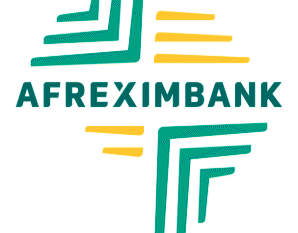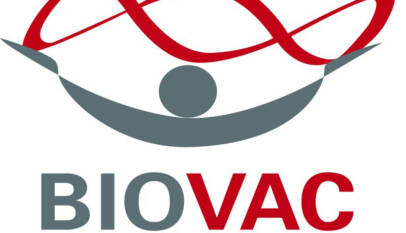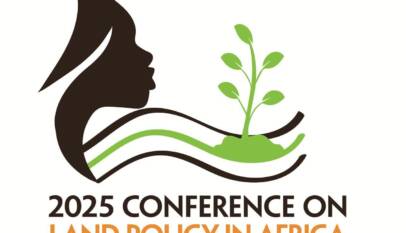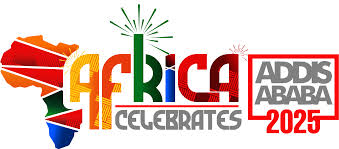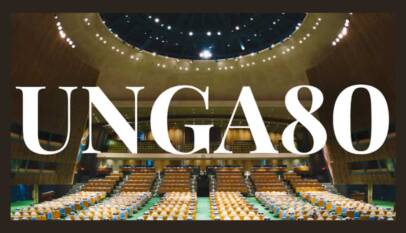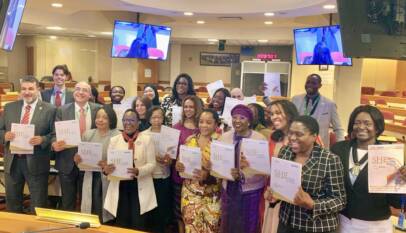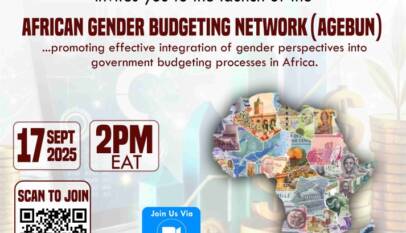ANALYSIS | Africa’s Development Blueprints Are Ambitious but Short on Action, By Marvellous Ngundu
A foresight analysis of Goal 1 under Aspiration 1 of the African Union’s Agenda 2063 reveals that while Africa’s development blueprints remain bold and visionary, their impact depends on turning ambition into measurable action — through stronger governance, strategic financing, and structural transformation that lifts millions out of poverty by 2063.
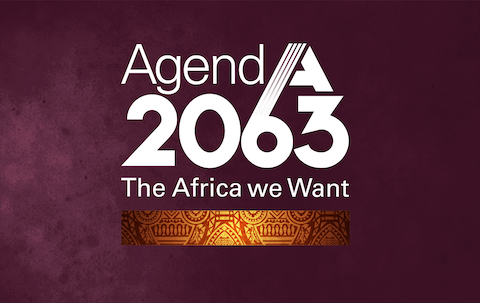
When African leaders adopted Agenda 2063 in 2015, they articulated an audacious vision — “The Africa We Want.” This continental blueprint envisions a prosperous, peaceful, and people-driven Africa. Implementation takes place through successive Ten-Year Implementation Plans (TYIPs), each translating the Agenda’s seven aspirations and twenty goals into concrete actions.
The Second TYIP (2024–2033), described by the African Union as a “decade of acceleration,” marks a decisive phase for transforming ambitions into measurable outcomes.
Poverty Eradication: The Moral Anchor of Agenda 2063
At the heart of Aspiration 1 – “A prosperous Africa based on inclusive growth and sustainable development” – lies Goal 1: “A high standard of living, quality of life and well-being for all citizens.” This goal represents the moral and developmental foundation of Agenda 2063.
Yet, nearly one-third of Africans — over 460 million people — still live below the extreme-poverty line of US$2.15 per day. The challenge extends beyond poverty reduction to sustainable eradication through inclusion, resilience, and productivity.
Goal 1 sits alongside four related targets under Aspiration 1 — economic transformation, modern agriculture, a vibrant blue economy, and environmental sustainability. Collectively, they reflect Africa’s quest for structural transformation. However, even after a decade of the First TYIP (2013–2023), progress remains uneven, fragmented, and too slow to transform lives at scale.
From Global Alignment to Continental Realism
Goal 1 aligns closely with the United Nations Sustainable Development Goal 1 (SDG 1), which seeks to “end extreme poverty everywhere” by 2030. Yet, for most African countries, this target is no longer realistic. Instead, aligning with Agenda 2063’s mid-century horizon provides a more pragmatic and context-driven approach.
This is not a retreat from the SDGs — rather, it is an acknowledgment that eradicating extreme poverty demands long-term structural transformation, not temporary relief measures. Persistent challenges such as rapid population growth, climate shocks, fragile governance, limited capital, and geopolitical volatility further complicate progress. To stay on track, Africa must prioritize effectively, coordinate purposefully, finance strategically, and monitor rigorously.
What the Data Tells Us: Two Possible Futures
Scenario modelling by the African Futures and Innovation (AFI) Programme at the Institute for Security Studies (ISS) provides a long-term lens into Africa’s possible trajectories. The analysis compares a “Current Path” scenario — reflecting business as usual — with a “Combined Scenario” that aligns with the transformative aspirations of Agenda 2063.
Under the Current Path, Africa experiences gradual gains, but progress is insufficient to meet Goal 1. By the end of the Third TYIP (2043), almost one in five Africans will still live in extreme poverty, compared to just 2.4% in South Asia and 2% in South America.
In contrast, the Combined Scenario envisions bold policy reforms, including:
- improved governance and human capital investment,
- full implementation of the African Continental Free Trade Area (AfCFTA),
- increased agricultural productivity and industrialisation,
- expanded capital inflows, and
- stronger infrastructure networks.
Under this transformative pathway, the extreme poverty rate could fall to around 11% by 2043, nearly 200 million fewer people living in poverty compared to the Current Path. Economic growth accelerates, inequality narrows, and productivity diversifies — underscoring the cost of inaction and the dividends of reform.
From Rhetoric to Reform: The Urgency of Implementation
The findings send a clear message: ambitious plans alone will not deliver Agenda 2063. To achieve the goals of the Second TYIP, African leaders must move from declarations to delivery.
Strong, transparent institutions are the foundation for progress. Where governance is credible, public services reach citizens, corruption declines, and fiscal resources strengthen human development. Accountable governance directly translates into improved welfare outcomes.
Equally critical is human capital development. Quality education and universal health coverage boost labour productivity and enable demographic transitions. An educated, healthy, and skilled workforce drives innovation and adaptability — positioning Africa’s youth as engines of growth rather than symbols of unemployment.
Agriculture, Trade, and Industrialisation as Catalysts
Agricultural transformation remains the most immediate path to poverty reduction. Raising yields, diversifying crops, and adopting climate-smart practices can lift rural incomes, improve food security, and stabilize communities.
The AfCFTA offers another transformational lever. By expanding markets, harmonising regulations, and fostering regional value chains, it stimulates industrialisation, supports MSME growth, and drives job creation. The World Bank estimates that full AfCFTA implementation could lift 30 million Africans out of extreme poverty and boost incomes by 7% by 2035, while adding US$76 billion to global income.
Industrialisation, energy access, and digital transformation amplify these gains. Manufacturing generates sustainable jobs and knowledge spillovers, while affordable energy and connectivity integrate rural economies into broader markets.
Financing the Decade of Acceleration
The Second TYIP estimates Africa will need US$8.9 trillion by 2033 to finance its accelerated development agenda. Meeting this target demands innovative and disciplined financing strategies.
Domestic Resource Mobilisation (DRM) must lead the charge through tax reform, improved revenue collection, and efforts to curb illicit financial flows. Blended finance and public-private partnerships should complement these efforts, attracting private capital for infrastructure, energy, and industry.
Innovative instruments such as diaspora bonds, sovereign wealth funds, and the 0.2% Agenda 2063 levy can provide predictable, Africa-owned financing streams. However, accountability in public spending remains paramount — every dollar mobilised must yield measurable development outcomes.
Conclusion: From Blueprint to Breakthrough
Africa’s development vision is bold and inspiring — but it risks stagnation without measurable action. The difference between aspiration and transformation lies in execution. The next decade must therefore be defined by a collective resolve to deliver results, monitor progress, and learn from experience.
Agenda 2063’s promise — “The Africa We Want” — can still be realised. But only if African governments, institutions, and citizens turn blueprints into breakthroughs, ensuring that prosperity, inclusion, and sustainability become not just goals, but lived realities.
Dr. Marvellous Ngundu is a Research Consultant with the African Futures and Innovation programme at the Institute for Security Studies (AFI-ISS). This article was originally published by the Institute of Security Studies (ISS) Pretoria as part of their Africa Tomorrow. African Newspage is ISS’s publishing partner.

